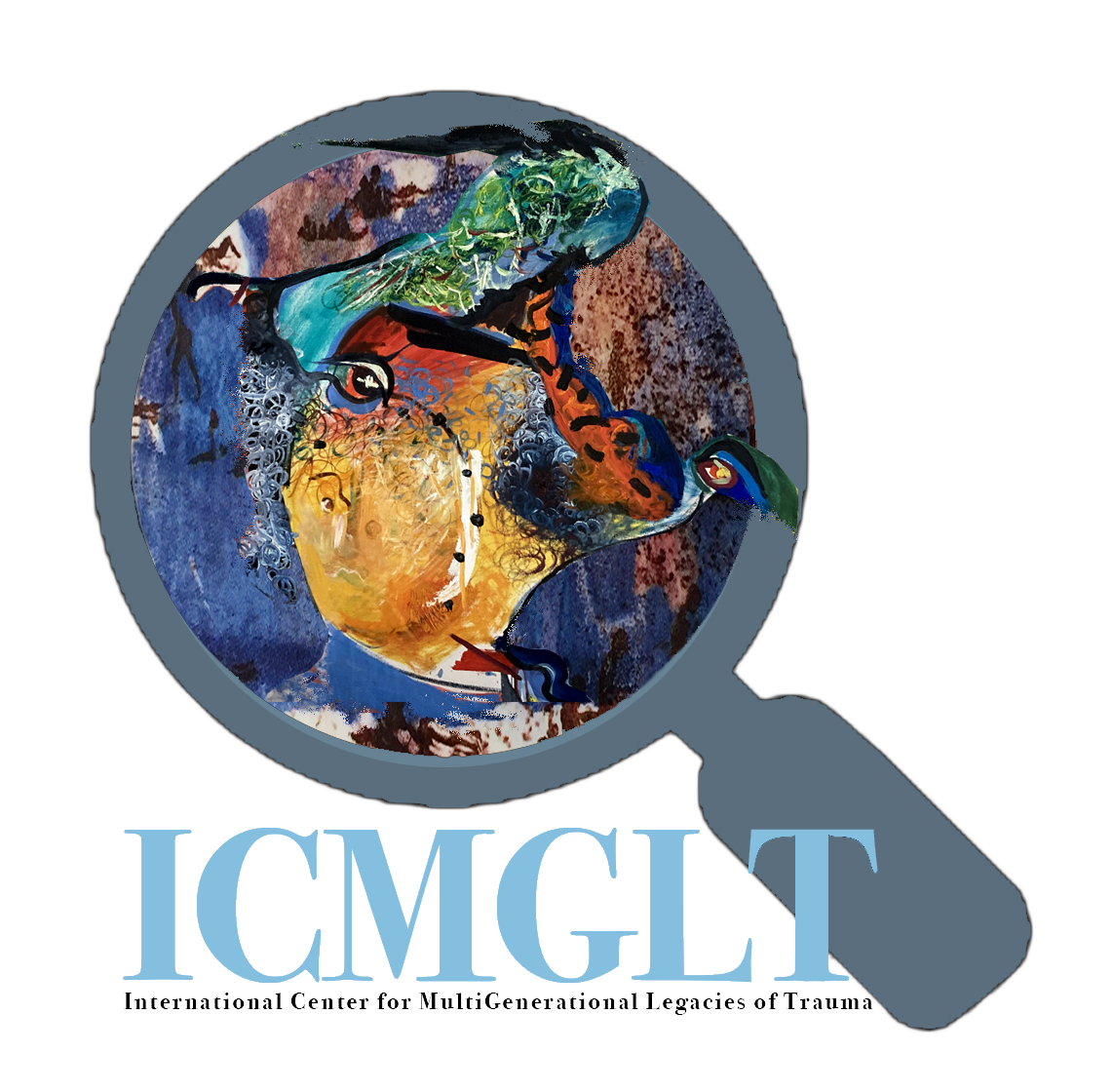Leniek, K. (2007). Giving Voice to the Occaneechi People: An Exploration of the Social Determinants of Health Within an American Indian Community.
Abstract
Purpose The purpose of this paper is to give voice through photographs and words to the Occaneechi people and explore the social determinants of health within an American Indian community. The Photovoice process enables people to record and reflect their community’s strengths and concerns, to promote critical dialogue and knowledge about personal and community issues through large and small group discussions of photographs, and to reach policy makers through collective action. Methods These data were originally collected for a class project at the University of North Carolina School of Public Health using the qualitative method of Photovoice to explore the social determinants of health among the Occaneechi people. The community gatekeeper identified and recruited community members. Five community researchers took photographs that reflected their lives as Occaneechi people. Photographs served as triggers for three photodiscussions that were recorded and transcribed. University researchers conducted a timelimited qualitative data analysis. Eleven codes, or key ideas, emerged from the transcripts. Two researchers independently coded each transcript and met to resolve differences. University researchers pulled representative quotations from the transcripts for each code and shared these results with the community researchers to check for accuracy and to identify themes. Community researchers self-selected the photographs to be displayed to the public and brainstormed for a model to represent the themes. For this study, the author used ATLAS.ti v5.2, a qualitative data analysis (QDA) software program to organize and further analyze the data. The author reviewed all transcripts for consistency and queried quotations for each of the eleven codes. Community researchers reviewed the enriched selection of quotations and associated photographs for contextual accuracy and created a model to display the themes. Results Eleven codes emerged from the transcripts, which are listed in alphabetical order: ancestors, ascribed identity, encroachment, identity, invisibility, our future, our story, racism, regaining our power, spirituality, and Yesah (“the people” in the Tutelo-Saponi language). Community researchers drew the codes in one circle to demonstrate the interconnectedness of the codes and the equal importance of each code. The “Circle of Themes” resembles the medicine wheel, a symbol of American Indian spirituality. Conclusion The Photovoice method invoked an open dialog among the university and community researchers. A sense of cultural safety,• 3 or the ability to discuss culturally sensitive topics without judgment, fostered a co-learning environment, which led to a reciprocal transfer of knowledge and power between the research partners. This was demonstrated by the community researchers’ decision to utilize the systematically derived codes in conjunction with their worldview, resulting in the Circle of Themes. This research has built trust between the university and community researchers and led to a motion by the Occaneechi Tribal Council to create a formal academic-tribal partnership. The Circle of Themes provides tribal specific insight into the native worldview, which defines health as a balance between physical, mental, emotional, and spiritual aspects of one’s being and one’s community. In addition, the Circle of Themes will inform health-related interventions with the Occaneechi community and provide a framework to work with other indigenous peoples who share a similar worldview.

